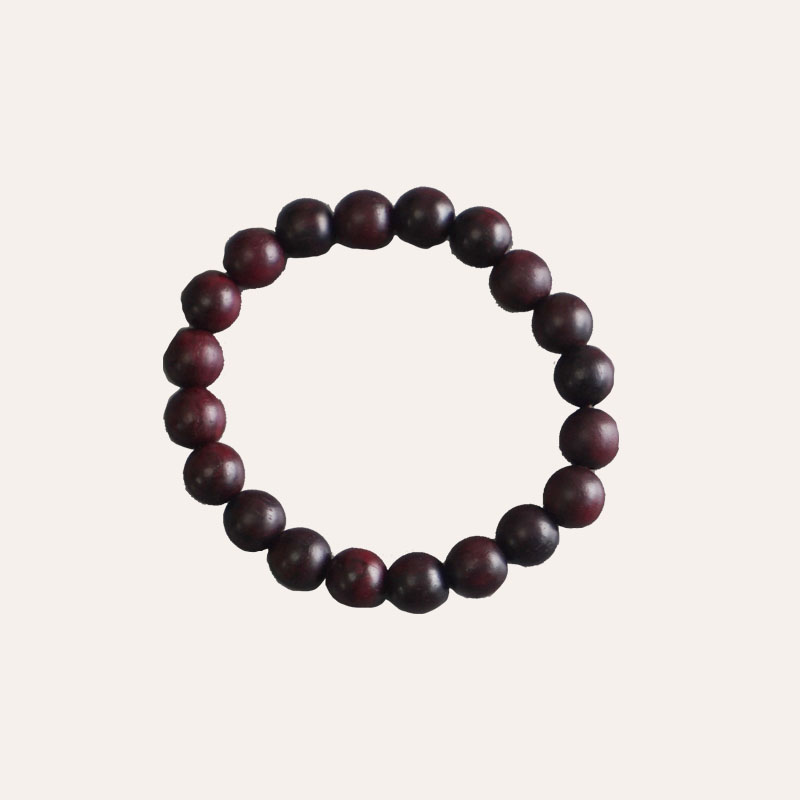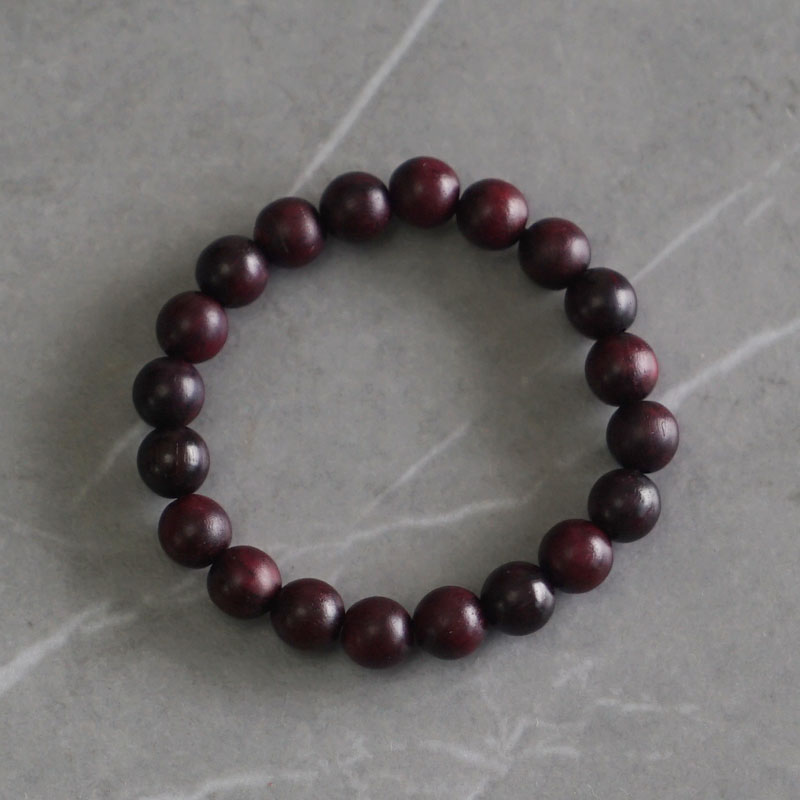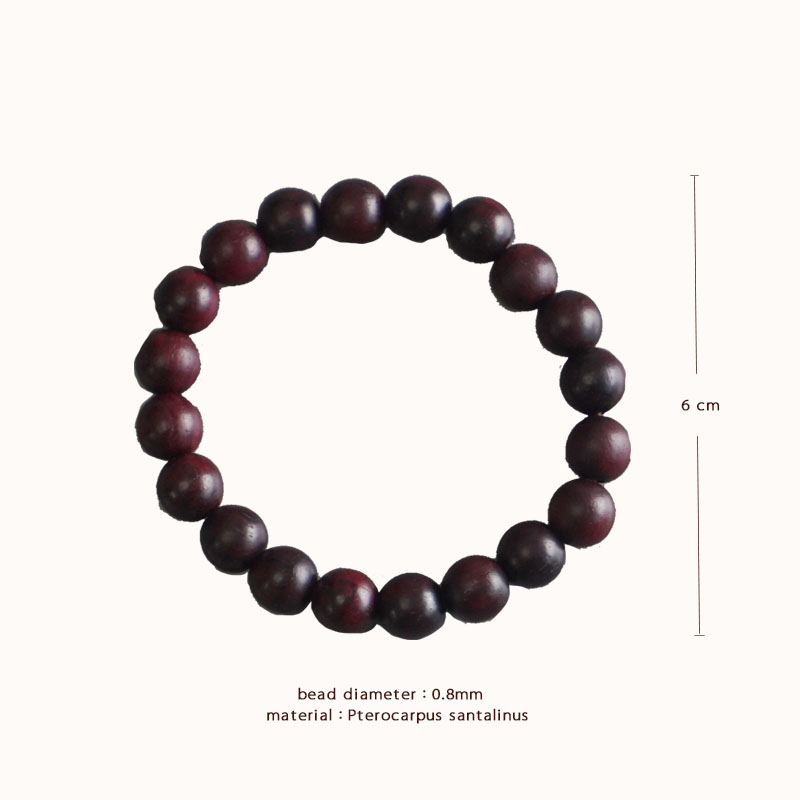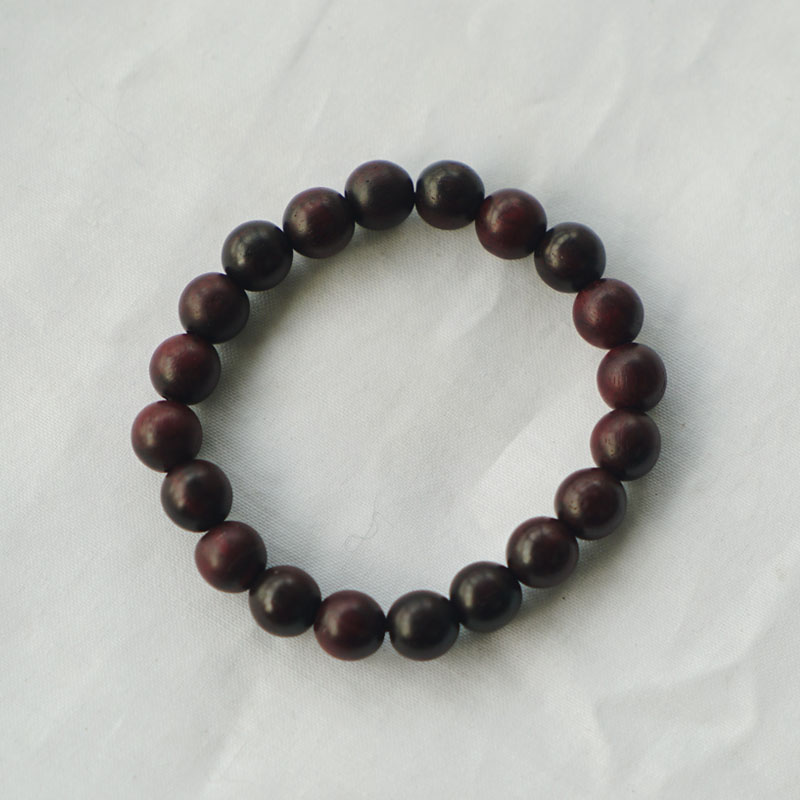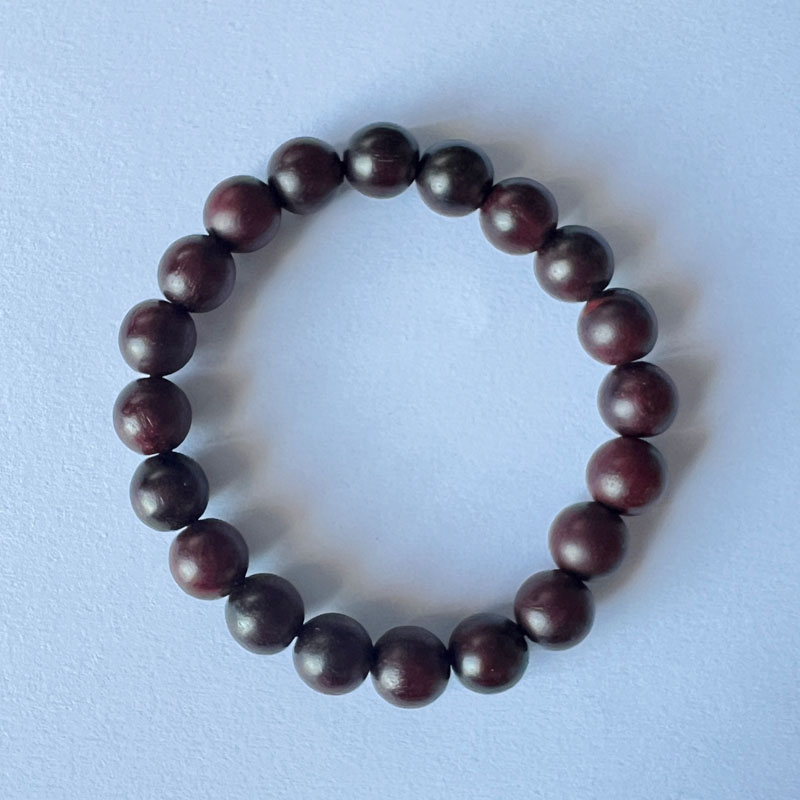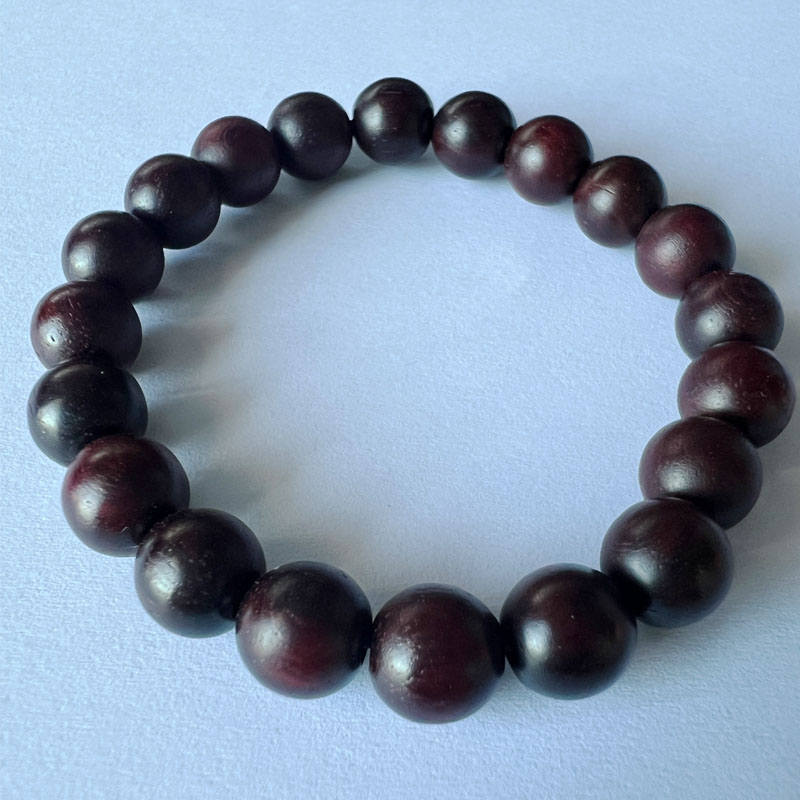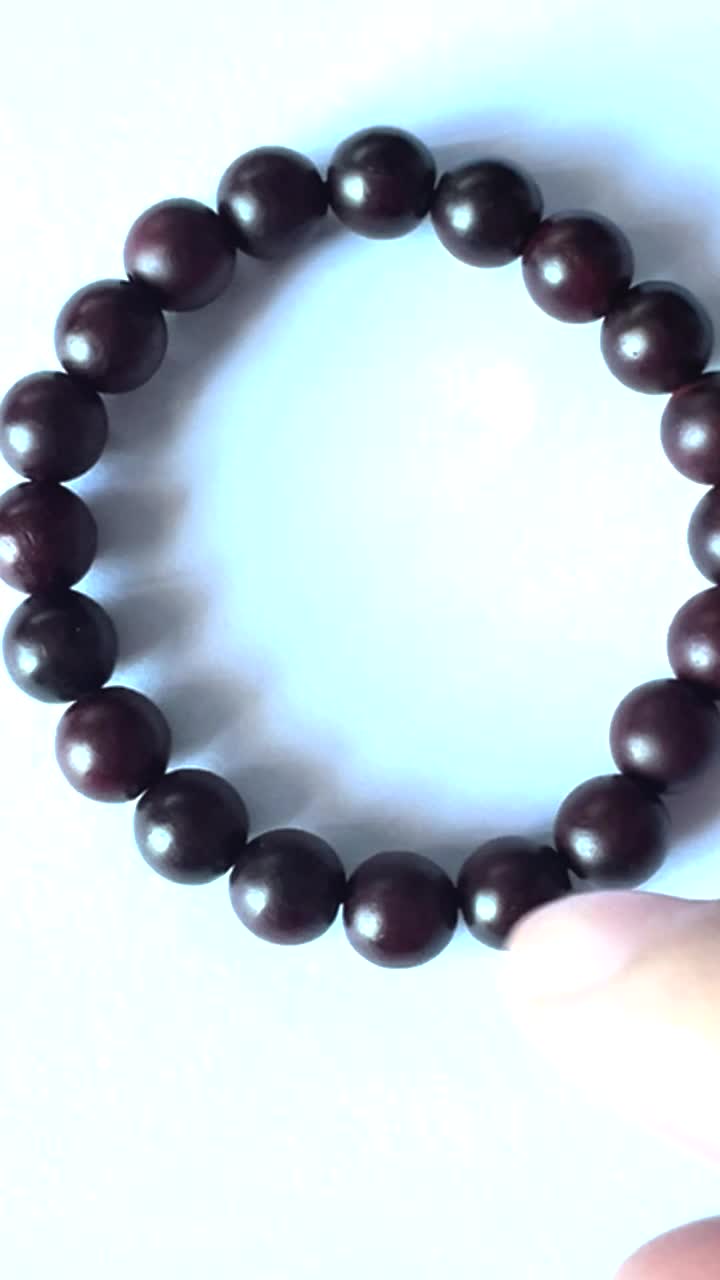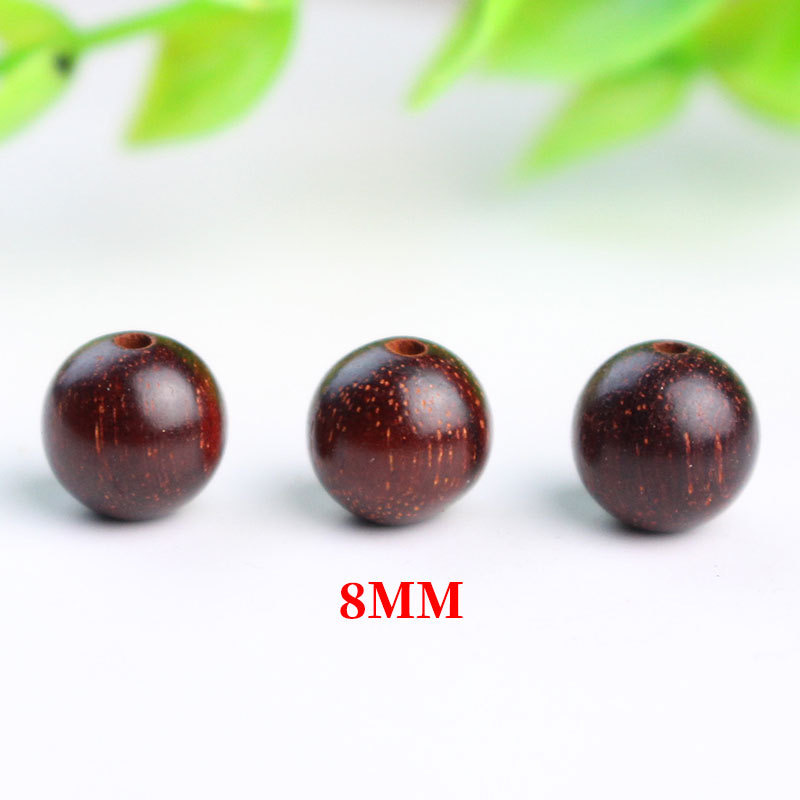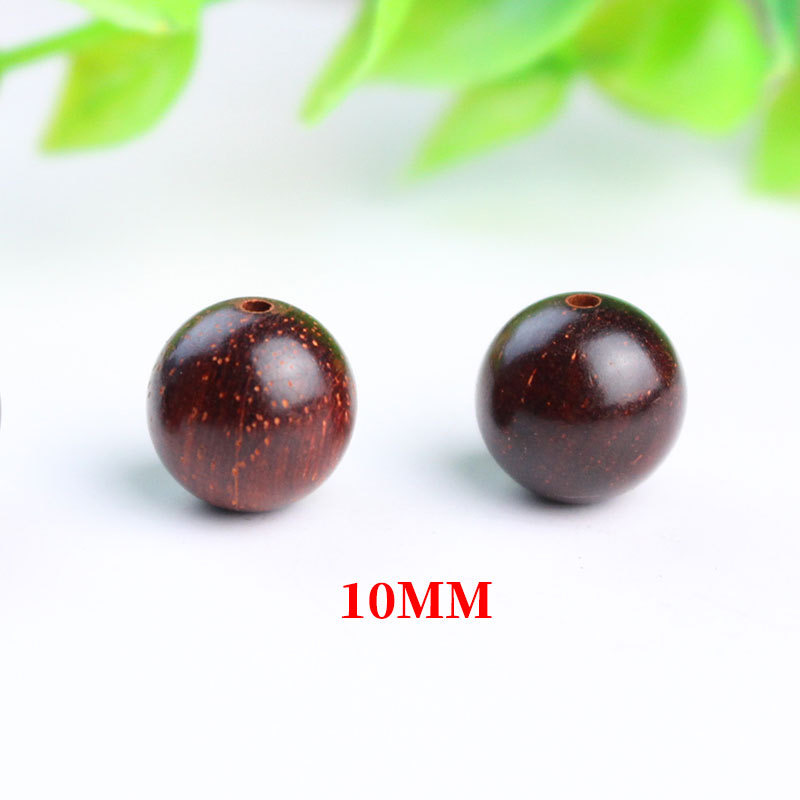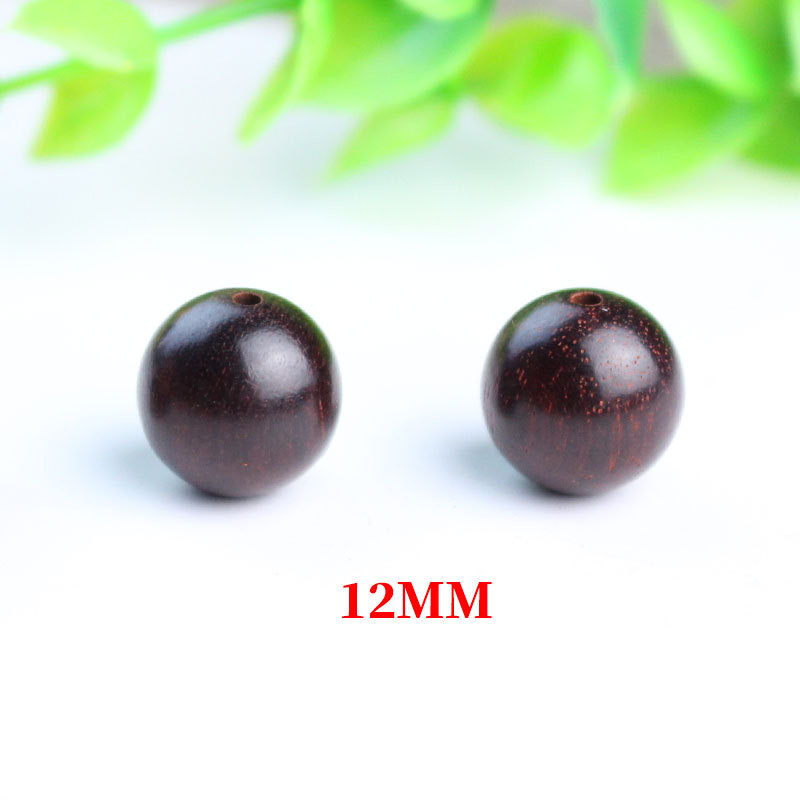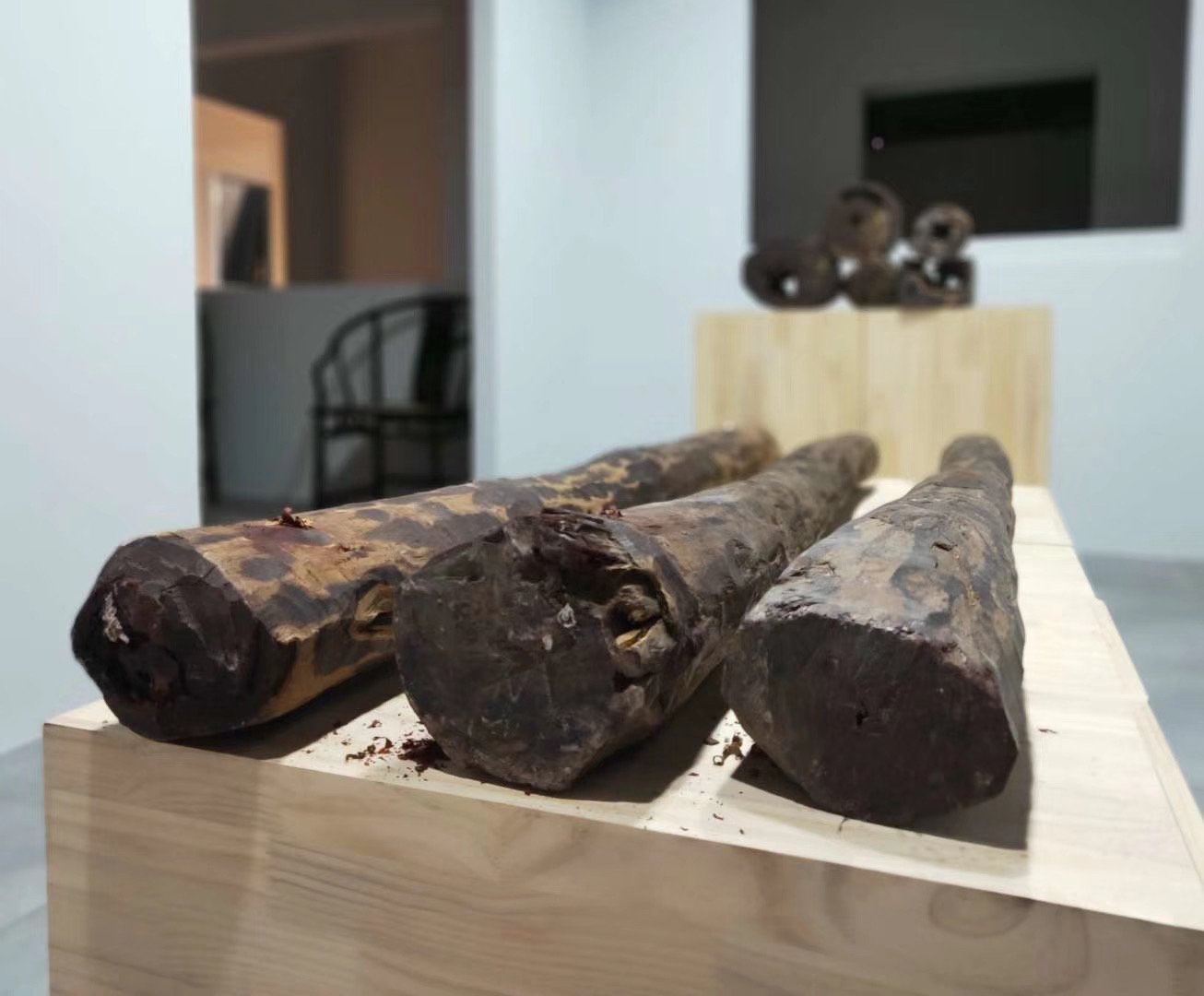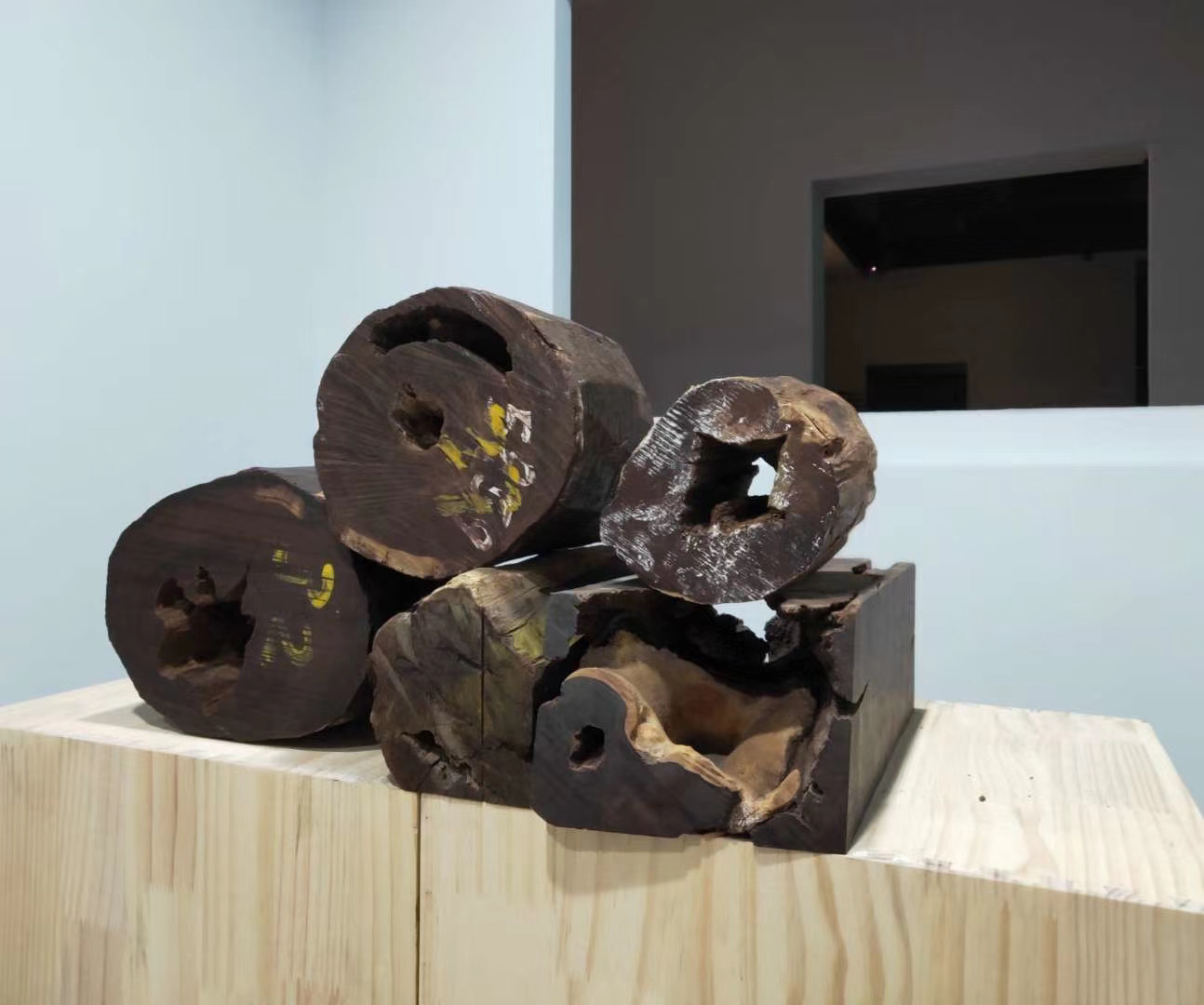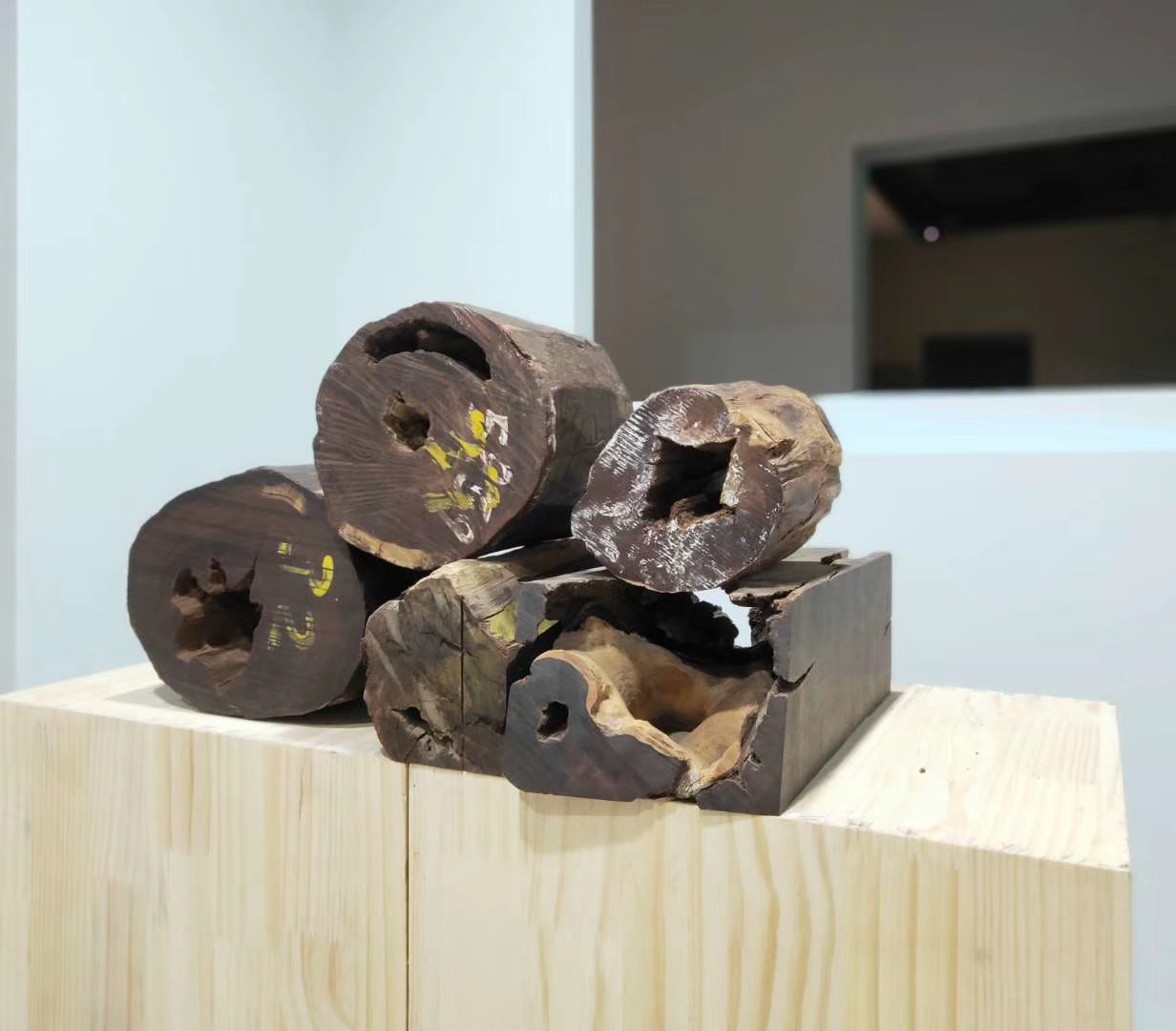What are you looking for?
Search
|
Material
|
Pterocarpus santalinus |
|
Size |
Diameter : 0.8mm ( Customizable size: 0.8mm | 10mm | 12mm )
|
|
Weight |
10g
|
|
Describe |
Premium wood, high density and oiliness, the more you wear the more glossy it becomes, the natural texture and aroma of the wood, beneficial for daily mood
|
|
Remarks |
0.01 mm; Has insured. Commodity inspection Certificate
|
|
Ships
|
Air Freight ship 15 day. Express Front Door |
|
Returns |
A return for this item may be initiated within 14 days of delivery
|
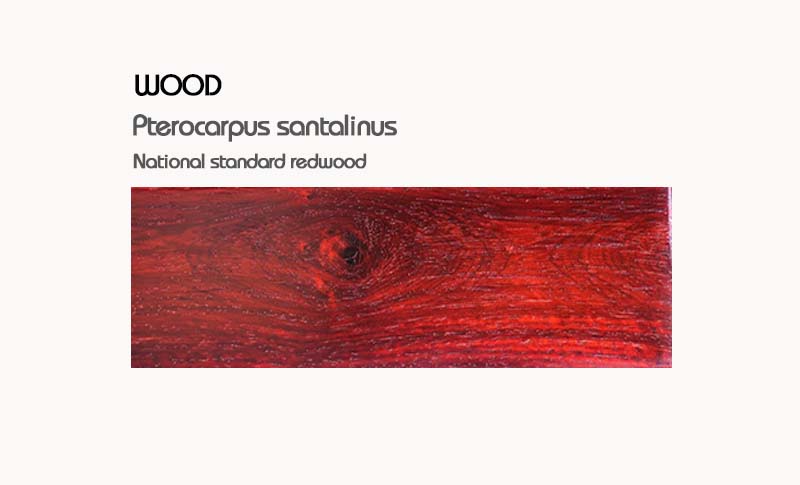
Pterocarpus santalinus, commonly known as red sandalwood, is a highly prized timber known for its rich color and various desirable properties. Here are the key characteristics of this wood:
Physical Properties
Color: The heartwood is a deep reddish-brown to dark red, which can become more vibrant with age. The sapwood is typically lighter and less durable.
Grain: It features a fine, straight grain, which can sometimes exhibit a wavy or interlocked pattern, adding to its visual appeal.
Texture: The wood has a smooth texture that finishes well, making it suitable for high-quality applications.
Durability
Natural Resistance: Pterocarpus santalinus is naturally resistant to decay and insect attacks, making it a durable choice for various applications.
Hardness: It is a dense and hard wood, contributing to its longevity and resistance to wear.
Uses
Crafts and Furniture: Commonly used in making high-end furniture, decorative items, and intricate carvings due to its beauty and workability.
Musical Instruments: Often used in crafting musical instruments, particularly in traditional contexts, because of its tonal qualities.
Medicinal Uses: In some cultures, red sandalwood is used for medicinal purposes and in traditional practices.
Sustainability
Conservation Status: Due to overharvesting and habitat loss, Pterocarpus santalinus is listed under CITES Appendix II, which regulates its trade to prevent further decline in wild populations.
Pterocarpus santalinus is a highly valued wood known for its rich color, durability, and versatility. Its unique characteristics make it a popular choice for luxury items and traditional crafts. However, sustainable sourcing practices are crucial to ensure the conservation of this precious species.


